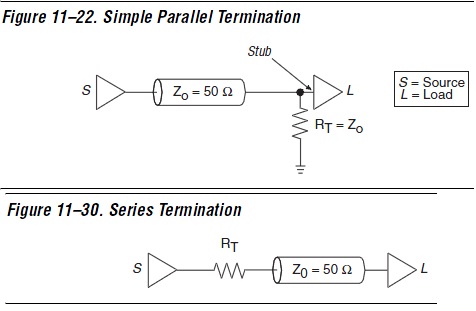spman
Advanced Member level 4
High frequency design
Hi
I want to drive a SDR SDRAM with Spartan3 fpga. According to datasheet the clock of RAM is 100 mhz. So the frequency is high and i'm not sure about PCB.
Should i be careful about PCB design? What is the rules should be considered in PCB?
My another questions is about the RAM. Is it possible drive it with lower frequency? If possible, how much is the maximum frequency that i can design PCB without troubles.
thanks.
Hi
I want to drive a SDR SDRAM with Spartan3 fpga. According to datasheet the clock of RAM is 100 mhz. So the frequency is high and i'm not sure about PCB.
Should i be careful about PCB design? What is the rules should be considered in PCB?
My another questions is about the RAM. Is it possible drive it with lower frequency? If possible, how much is the maximum frequency that i can design PCB without troubles.
thanks.
